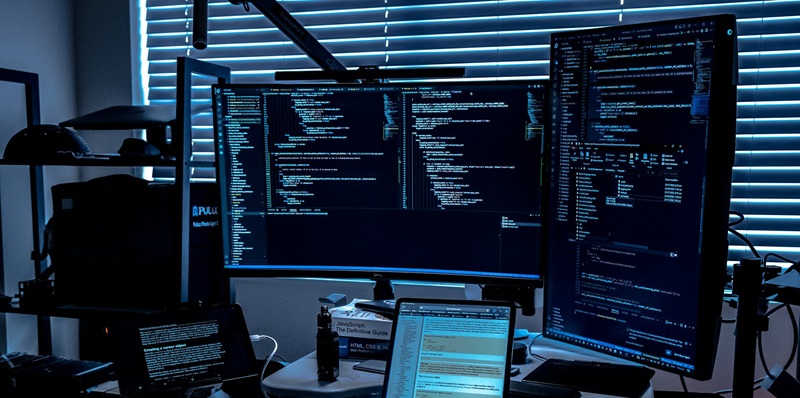VMware, a prominent player in virtualization and cloud computing, recently issued a critical security advisory urging customers to promptly patch a vulnerability discovered by external researchers in its Aria Automation multi-cloud infrastructure automation platform. This article delves into the details of the vulnerability, its potential consequences, the released patches, and the necessary actions that organizations should undertake to ensure their systems remain secure.
Vulnerability Details
The vulnerability, identified as CVE-2023-34063, has been allocated a CVSS score of 9.9, highlighting its severity. It affects both Aria Automation (previously known as vRealize Automation) prior to version 8.16 and Cloud Foundation. The flaw is essentially a missing access control issue, which, if exploited, enables an authenticated attacker to gain unauthorized access to remote organizations and workflows.
Potential Consequences
In light of the missing access control flaw, the potential consequences are grave. If malicious actors exploit this vulnerability, they could gain unauthorized access to confidential and sensitive information stored within remote organizations. Moreover, they could manipulate or disrupt critical workflows, leading to significant operational and business disruptions. It is crucial for organizations to swiftly address this vulnerability to prevent exploitation and safeguard their infrastructure.
Patch Release
To mitigate the risks associated with the vulnerability, VMware has released patches for each impacted version of Aria Automation. These patches include security updates and fixes that help to alleviate the access control issue. The company emphasizes the urgency of installing these patches as soon as possible to ensure the enhanced security of the affected systems.
Lack of In-the-Wild Exploitation
While VMware acknowledges the severity of the vulnerability, as of now, the company is not aware of any instances of in-the-wild exploitation. However, given the potential impact of unauthorized access to remote organizations and workflows, organizations cannot afford to delay patching their systems. By proactively applying the patches, organizations can minimize the risk of exploitation and maintain the integrity of their infrastructure.
Emergency Change and Action
From an ITIL standpoint, the current situation qualifies as an emergency change that necessitates immediate action from organizations. The seriousness of the vulnerability demands swift and decisive action to prevent any potential breaches. Organizations are encouraged to consult their information security staff to determine the most suitable course of action tailored to their unique needs, ensuring that all necessary security measures are adopted promptly.
Recognition for Reporting
VMware credits the Scientific Computing Platforms team at the Commonwealth Scientific and Industrial Research Organisation (CSIRO) for responsibly reporting the discovered vulnerability. This recognition highlights the crucial role played by external researchers in identifying and bringing critical security issues to the forefront, thereby enabling vendors to address them swiftly.
Exploitation of VMware Vulnerabilities
Unfortunately, the exploitation of VMware product vulnerabilities by threat actors is not uncommon. The US security agency, CISA, maintains a catalog of known exploited vulnerabilities, which currently includes 21 VMware bugs. Among these vulnerabilities are issues affecting Aria Automation products. This reinforces the necessity for organizations to prioritize the installation of patches and remain vigilant against potential exploitation attempts.
The critical vulnerability found in VMware’s Aria Automation platform poses a significant threat to organizations that utilize this multi-cloud infrastructure automation solution. Prompt patching is imperative to mitigate the potential consequences, which range from unauthorized access to sensitive information to the disruption of vital workflows. VMware has released the necessary patches, and their implementation should be an immediate priority for affected organizations. By taking proactive steps to address this vulnerability, organizations can reinforce the security posture of their infrastructure and effectively protect their valuable assets.

